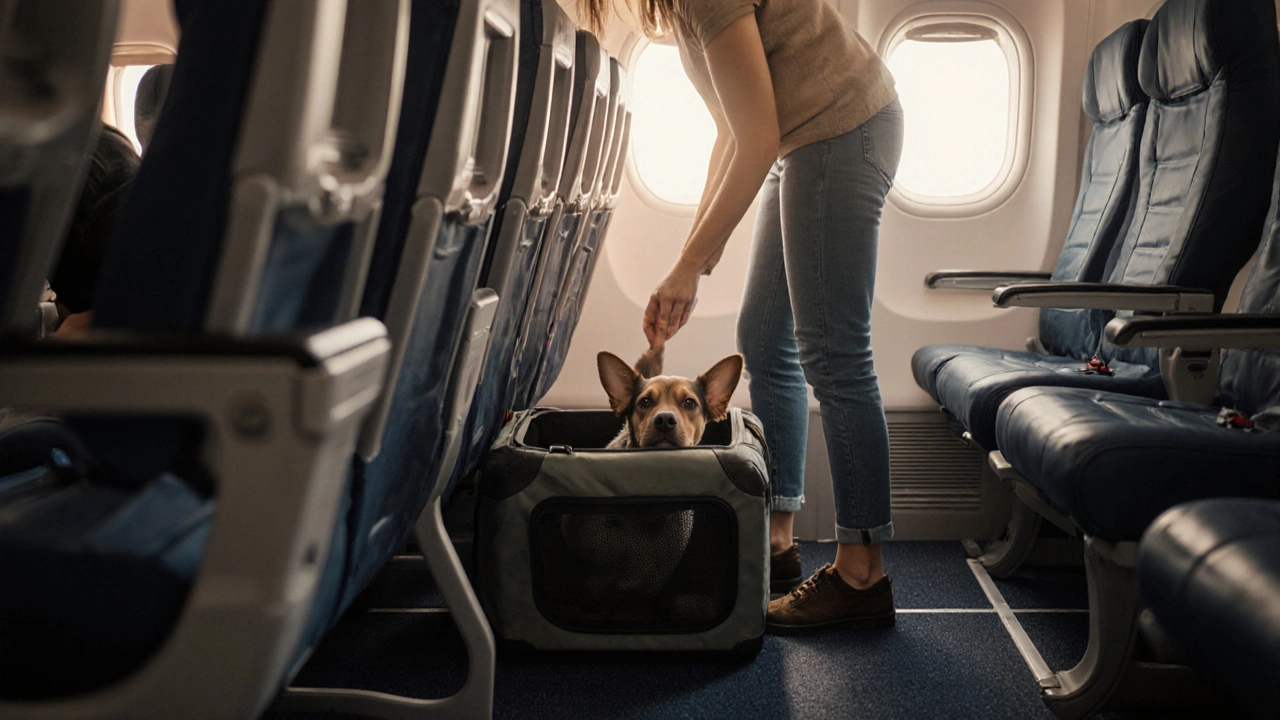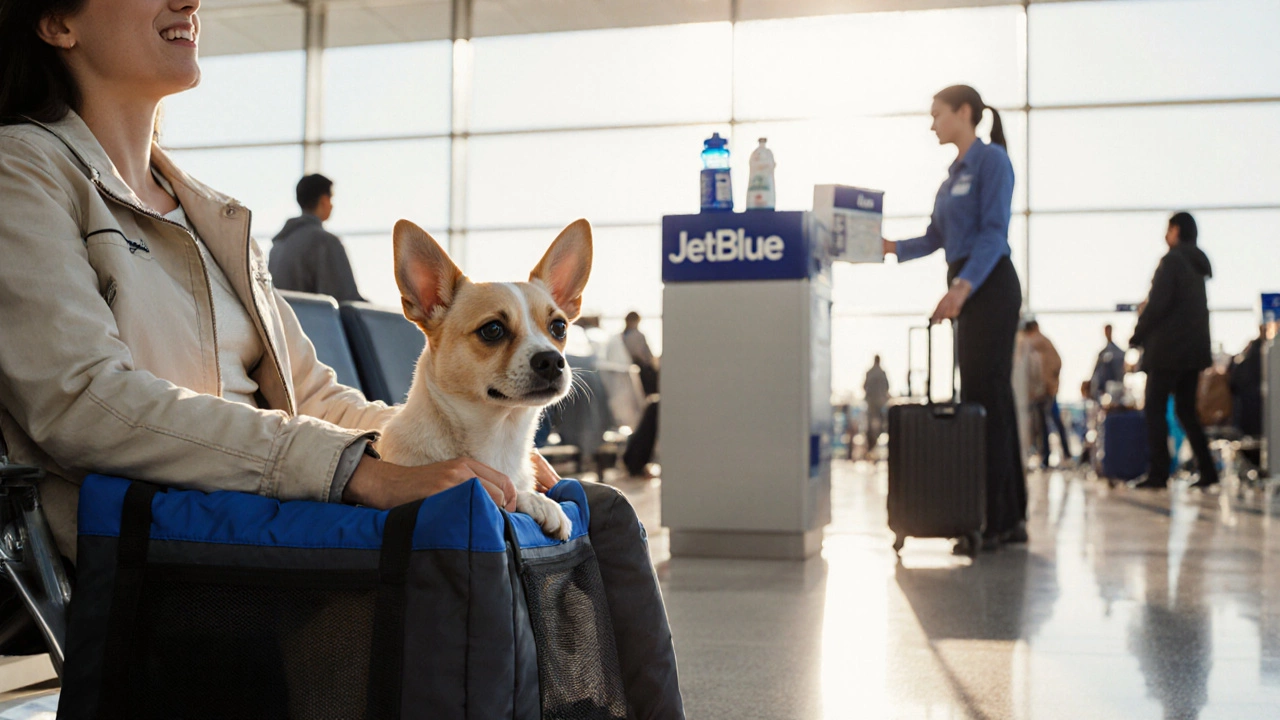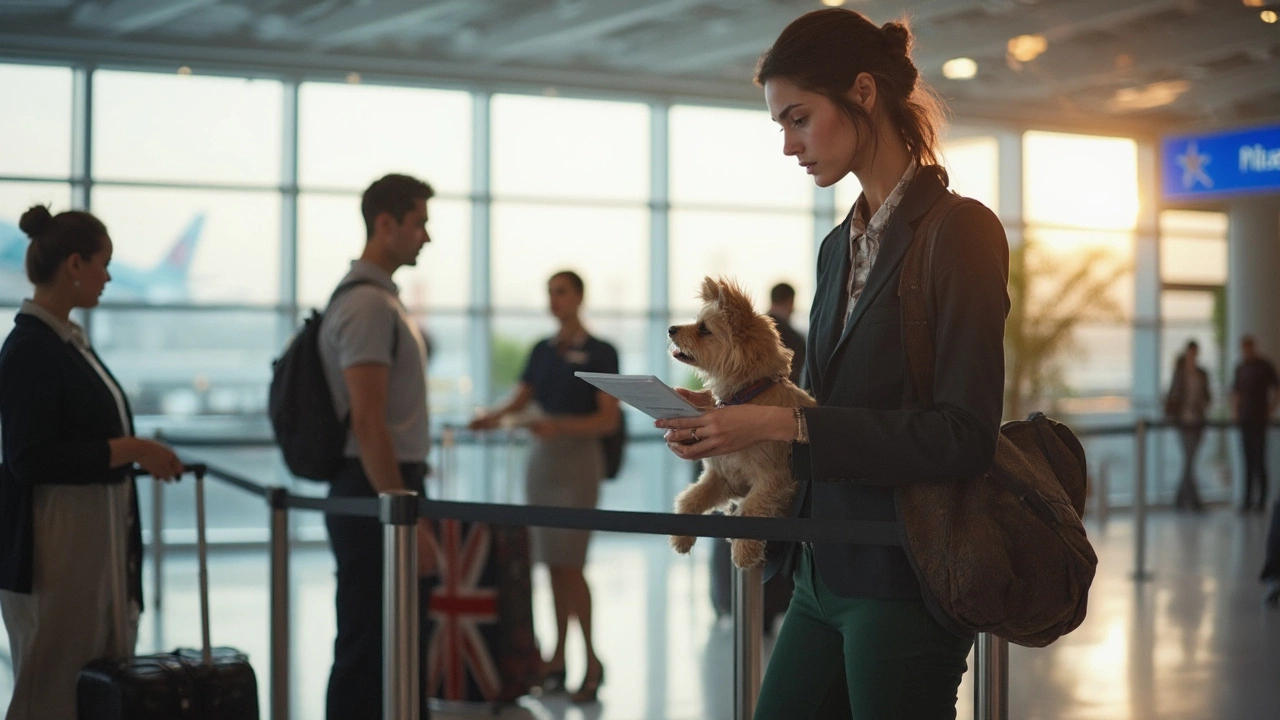Airline Pet Policy – What You Need to Know Before Boarding
If you’ve ever wondered whether your furry friend can join you on a flight, you’re not alone. Airlines have rules that differ a lot, but the core ideas are similar: size limits, carrier requirements, and extra fees. Knowing these basics saves you time at the airport and keeps your pet calm.
First, decide if your pet will travel in the cabin or as checked baggage. Small dogs and cats that fit under the seat can stay with you, while larger dogs usually go in the cargo hold. Most airlines only allow one pet per passenger in the cabin, so plan ahead if you’re traveling with a group.
Key Rules Most Airlines Follow
Every carrier asks for a health certificate printed within ten days of travel. This shows your vet cleared the animal for flight and reduces the chance of quarantine. The carrier itself must be airline‑approved – hard‑sided, well‑ventilated, and big enough for your pet to stand, turn around, and lie down.
Weight limits vary. Some airlines cap cabin pets at 8 kg (including carrier), while others allow up to 10 kg. Cargo rules often set a maximum of 75 kg for the animal plus crate. If you’re close to the limit, double‑check the airline’s site or call their pet desk.
Fees are a big surprise for many travelers. Expect anywhere from £25 to £100 for a cabin pet, and up to £150 for cargo. Some low‑cost carriers charge per kilogram, so a heavier dog can get pricey fast. Booking early usually locks in a lower price and guarantees space for your pet.
Tips to Save Money and Keep Your Pet Safe
Try to book a direct flight. Layovers mean extra handling and more chances for stress. If a layover is unavoidable, pick an airport with a good pet relief area and a quiet cargo zone.
Pack a travel kit: a small water bowl, a familiar blanket, and a few treats. Offer water right before security but avoid feeding a large meal right before take‑off – a light snack keeps the stomach settled.
Arrive at least two hours early for domestic flights and three hours for internationals. This gives airline staff time to inspect the carrier and helps you avoid a rushed check‑in.
Consider buying a “plane seat” for larger dogs if the airline offers it. It’s more expensive but gives your pet a dedicated space, less temperature fluctuation, and direct supervision.
Finally, keep copies of the health certificate, vaccination records, and booking confirmation in a folder you can hand to staff quickly. Having everything organized makes the process smoother for you and the airline crew.
Flying with a pet doesn’t have to be a nightmare. By checking the airline’s specific pet policy, preparing the right carrier, and budgeting for fees, you’ll get through security with confidence and land with a happy, calm companion.
Posted By Bryndle Redding On 20 Oct 2025 Comments (0)
Will a 30‑lb Dog Fit Under an Airline Seat? Size Guide & Travel Tips
Find out if a 30‑lb dog can fit under an airline seat, learn carrier size limits, airline policies, and practical tips for stress‑free cabin travel.
READ MOREPosted By Bryndle Redding On 19 Oct 2025 Comments (0)
Most Dog‑Friendly Airline: Best Pet Travel Options 2025
Discover the most dog‑friendly airlines in 2025, compare fees, policies, and services, and get a step‑by‑step checklist for hassle‑free pet travel.
READ MOREPosted By Bryndle Redding On 7 Apr 2025 Comments (0)
Flying with Dogs: What Size Fits in the Cabin?
Thinking about taking your furry friend along on a plane trip? Discover the ins and outs of flying with dogs in the cabin. Learn about size restrictions, weight limits, and pet carrier rules across different airlines. Ensure a smooth journey for you and your canine companion with practical tips and advice.
READ MORE

